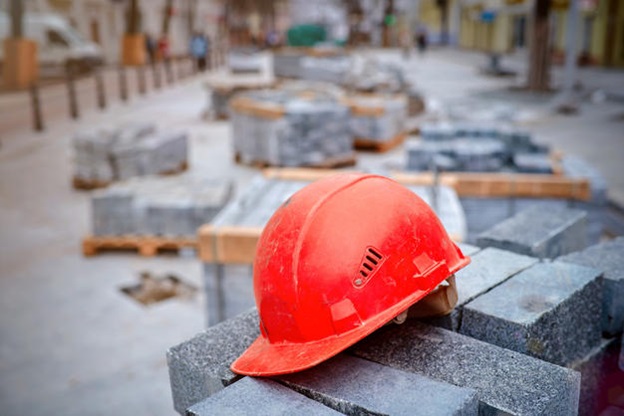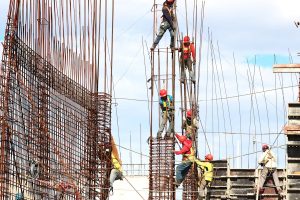
The manufacturing industry is not one for the faint-hearted. Why you ask?? Grueling work hours, constant exposure to sharp metals, fire, among other potentially harmful substances. So, it goes without saying, they need protective gear.
Personal Protective Gears are such equipment, which finds their use in protecting the body parts of the workers from any possible injury. Many companies offer such work for an employer that exposes them to the risks of physical injuries. Therefore, to prevent any random accidents, they introduce their employees to Personal Protective Equipment (PPE).
Protective gears can also find their usage in sports too.
How and where to use them?
Are you considering a purchase of protective gear for yourself or your employees?
You need to keep in mind that you are relying on them for your safety. Hence, it is crucial that no compromise is made on the quality of the gears; in fact, you should only choose the best.
Do ask yourself the following questions, while finalizing on any of them:-
- What is the body measurement of the individual who is exposed?
- What is it that they are exposed to?
- Duration for which they are exposed?
- Last but not least, what is the criterion for the selection of PPE?
CE mark on Protective equipment depicts their quality and durability. Personal Protective Equipment Regulations 2002 rules that suppliers should only buy a PPE with the CE mark. Make sure the equipment fits the user well, and also check if the item is compatible with other PPEs. For example, safety glasses might disturb the respirator, causing leakage of air. The major reason behind this problem is a mismeasurement of the right size for the user.
Types of PPE you can use for different body organs
Feet and legs
Your feet are the first to get exposed to injuries. Employees at the risk of possible foot injuries should wear Protective footwear. American National Standards Institute (ANSI) has set a minimum compression for protective footwear. In ANSI Z41-1991, they have also mentioned a particular impact performance standard.
Any company selling or claiming their footwear to be the best PPE must match or must provide equivalent protection. Foot and leg protection choices include the leggings, toe guard, metatarsal guards, shin guard, combination foot, safety shoes, and water-proof thick-padded boots. Whenever you plan on making the purchase, always rely on a trusted website.
Hands
No manual labor involving work could be possible without our upper limbs. Our hands are among the first body parts to stand vulnerable to mishaps. Therefore, you could find a lot of range and variety in protective gear available for hands. A leather canvas to avoid electric shocks, rubber gloves for keeping hands insulated, metal gloves, fabric gloves, gloves to prevent chemical effects and to avoid any possible injuries from splashes, and liquid-resistant glove – are barely the tip of the surface of hands’ protective gear…
Eyes
In chemical industries, construction sites, and mines, eyes are always a risk of being exposed to chemical splashes, dust, and poisonous gases. PPE must match the quality criterion specified in American National Standards Institute, Z87.1, Practice for Occupational and Educational Eye and Face Protection. Safety options include the use of safety spectacles, face screens, goggles, visors, and face shields, among others.
Head and neck
Since the 1920s, when safety standards were first introduced, ANSI has been pacing fast toward designing high-quality protective gear. ANSI recognizes the head and neck as one of the most exposed and delicate regions of the body. Thus, needless to say, protective gears are in order for the head and neck region too.
There are a lot of options, when it comes to protective gear for head and neck region, such as Industrial safety helmets, hairnets, bump caps, and also the firefighter’s helmets.

